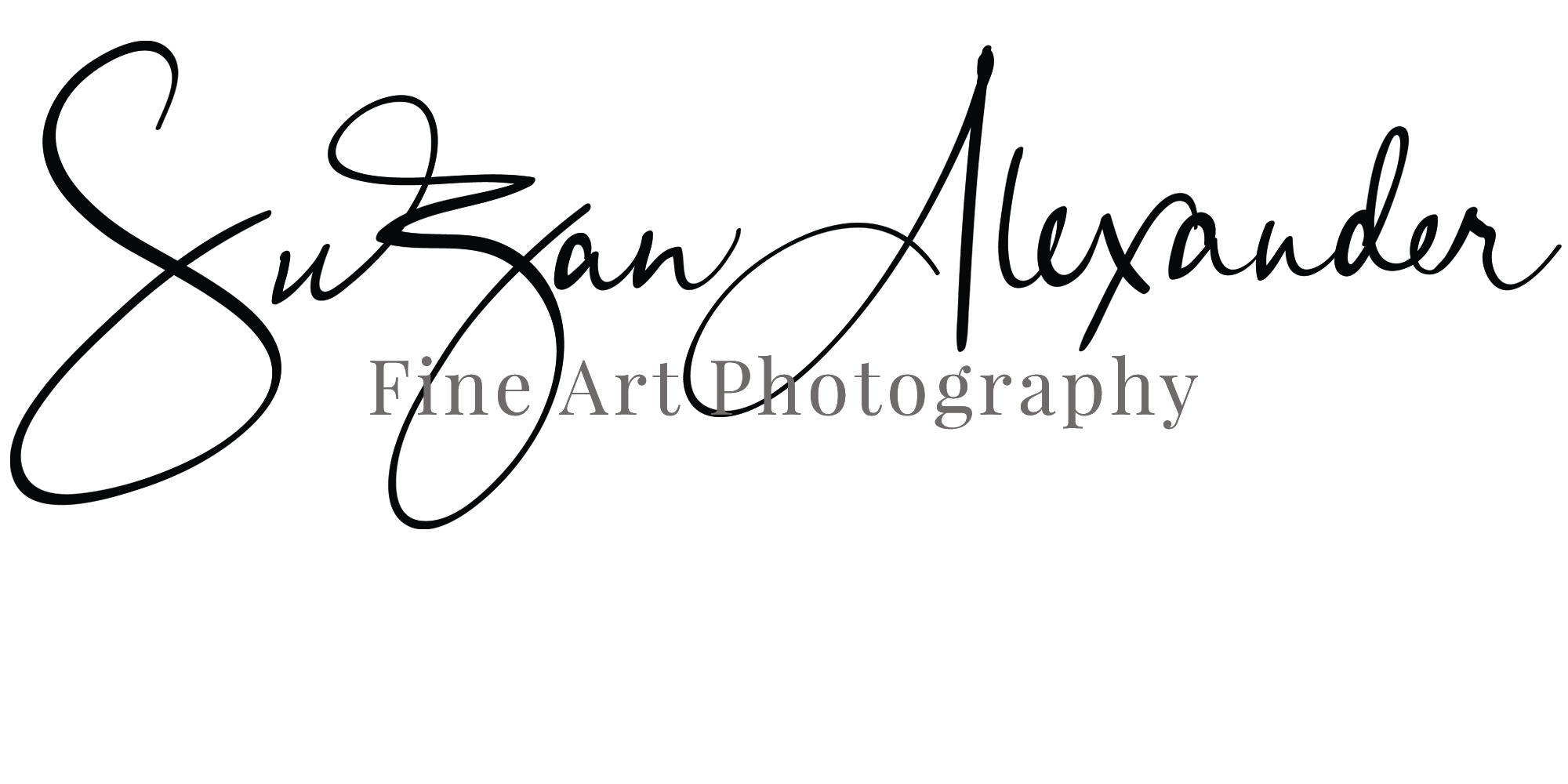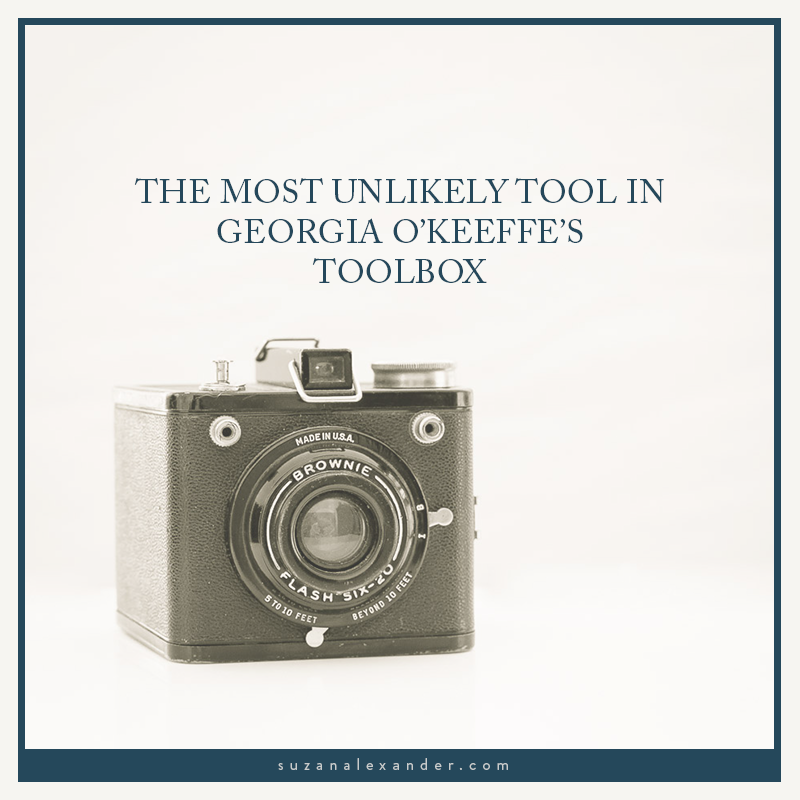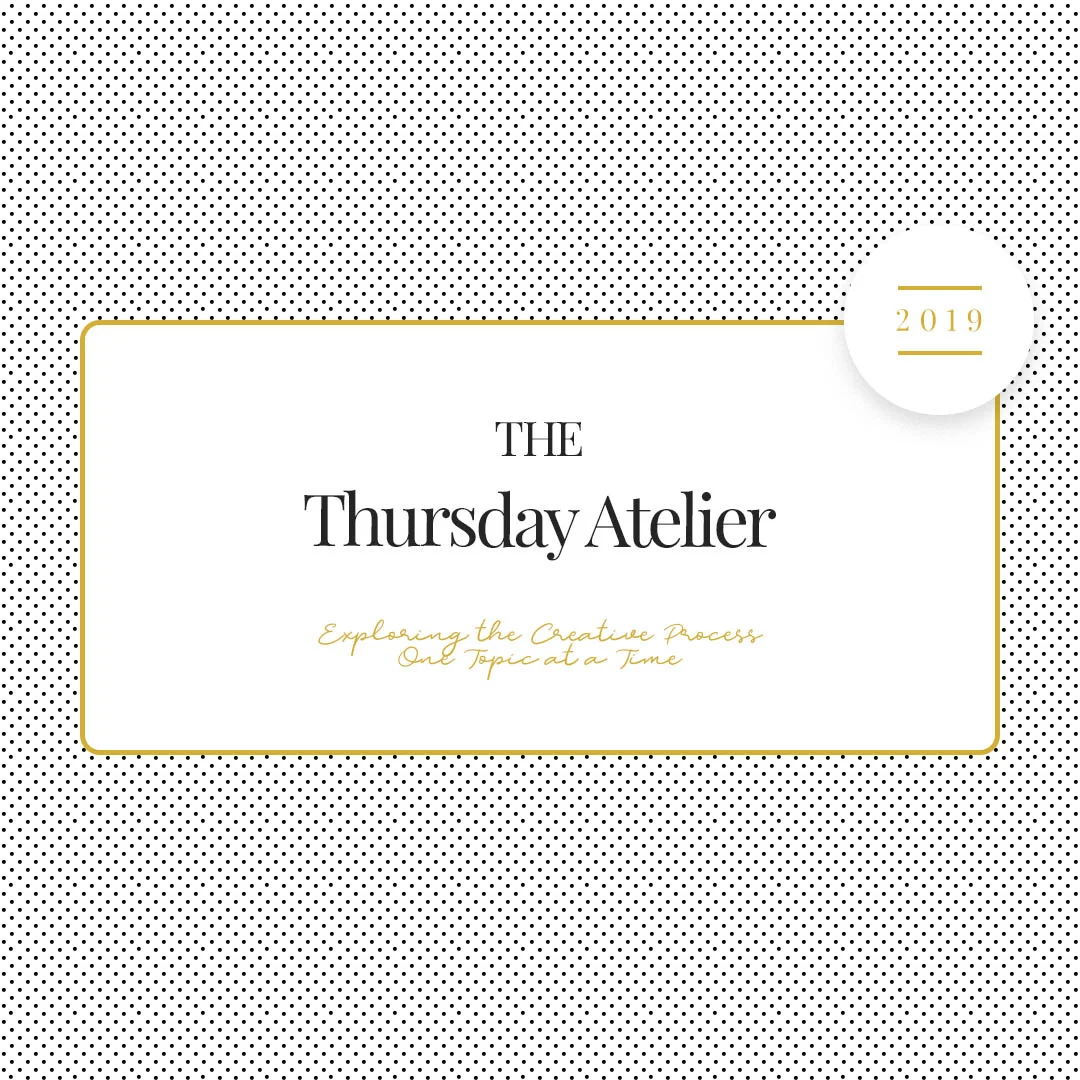THE MOST UNLIKELY TOOL IN GEORGIA O'KEEFFE'S TOOLBOX
Georgia O’Keeffe is one of those rare artists who remain popular and hold such celebrity that she is often referred to by one name. Although my Southern upbringing prohibits me from referring to her simply as “O’Keeffe” - and certainly nothing as familiar as “Georgia”, which somehow implies that we shared deep conversations and secrets over sweet tea on a regular basis. No matter how you refer to her, I think we can all agree that most of her paintings are iconic. Also, that her painting style is immediately recognizable. Have you ever wondered what her “secret sauce” was? Me too.
Which brings me back to the title: what was the “unlikely” tool Georgia O’Keeffe used for her paintings? Let’s talk about it.
Exhibit: Georgia O’Keeffe, Photographer
Alfred Stieglitz [Public domain], via Wikimedia Commons
I recently read an article announcing a new exhibition that was curated to address how Miss O’Keeffe employed a camera to quickly capture compositions. I know what you are thinking. That’s really not an earth-shattering revelation… well it is and it isn’t. Sure. Many artists use a camera as both a final work of art, as well as a reference, a study, or a “sketch”.
As I continued reading the article about this new exhibition, I REALLY thought about it and started connecting a few dots.
Connection to Photography
You may recall that Georgia O’Keeffe was married to Alfred Stieglitz. Mr. Stieglitz was a renowned photographer and gallerist who exhibited Miss O’Keefe’s work. In addition, she appeared as the model in a number of his photographs. Apparently, she also took an active role in championing photography before their marriage, during their marriage, and even after his death.
Georgia O’Keeffe Influence
“I often painted fragments of things because it seemed to make my statement as well as or better than the whole could.”
So, why wouldn’t Miss O’Keeffe see the benefit of using a photograph to explore compositions, change angles - “sketching” with a camera. There is something about how a photograph can help you distill what you see. I’m not talking about snapshots, although they have their own place. What I’m talking about is taking photographs with intention, distilling your vision down into shapes, eliminating the distractions - because, let’s face it, our eyes see all those distractions, and, … well, … distract us.
Over the years, I have formed some opinions about Miss O’Keeffe’s art. I have a few ideas which I have come to through both study and observation of her work - such as the number notations in her sketchbooks I wrote about HERE. Additionally, I bring my own perspective and my own creative journey experience to the table.
I have also written a couple of posts about the idea of sketching with a camera, so I’m a little biased on the inclusion of photography as an art form, as well as a tool for creating other disciplines of art. Imagine how delighted I was to read that I share these ideas with Georgia O’Keefe.
I can’t remember when Miss O’Keeffe’s beautiful, larger-than-life, macro-view paintings first captivated me. But, I do know that I have always secretly acknowledged her influence over how I photograph most objects. I like to fill the frame with the subject, see it in a new, somewhat abstract way. It becomes forms and shapes, light and shadows, but it’s also much more than that.
The Details
“Nothing is less real than realism. Details are confusing. It is only by selection, by elimination, by emphasis, that we get at the real meaning of things.”
The German philosopher, Friedrich Wilhelm Nietzsche, is attributed with coining the phrase: “The devil is in the details”. According to a quick search, this idiom alludes “to a catch or mysterious element hidden in the details”.* That is interesting to me since I am all about photographing subjects hidden in plain sight, but, I prefer the quote from which this idiom derives - “God is in the details”. This phrase, of course, expresses the importance of details. I could sit contemplating that one all day. Really. For example, just think about the details of YOU, the lines and patterns that make up your unique fingerprint, …. And on. And on.
I’ll wrap up this journal entry by expressing my profound hope that I can enjoy this latest exhibit firsthand. (Oh, my beloved Houston, how I miss you.) I hope you have an opportunity to see it too. If you do, please let me know … you know, spill the tea.
References:
* Referenced Wikipedia Article - “The devil is in the details”
Article: Georgia O’Keeffe’s Photographs, Seen Closely for the First Time by Lauren Moya Ford
Exhibit information:
Museum of Fine Arts Houston - Houston, Texas (through January 17, 2022)
Addison Gallery of American Art - Andover, Massachusets (February 26–June 12, 2022)
Denver Art Museum - Denver Colorado
Cincinnati Art Museum - Cincinnati, Ohio





